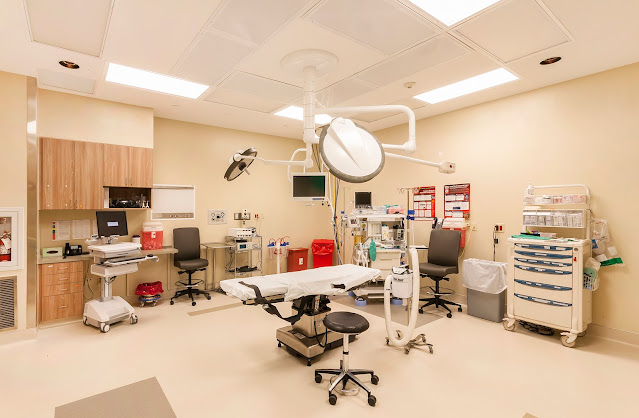Global Cell and Gene Therapy Market Is Estimated To Witness High Growth Owing To Increasing Investments in Research and Development and Rising Prevalence of Chronic Diseases

Cell and Gene Therapy Market The global Cell and Gene Therapy Market is estimated to be valued at US$ 22.7 Bn in 2023 and is expected to exhibit a CAGR of 28.7% over the forecast period 2023-2030. A) Market Overview: Cell and gene therapy involves the use of genes as a therapeutic agent to treat various diseases. It has gained significant attention in recent years due to its potential to offer personalized treatments for patients. Cell therapy involves the transfer of live cells to patients, while gene therapy involves the delivery of therapeutic DNA into patient cells. These therapies have shown promising results in the treatment of various diseases, including cancer, genetic disorders, cardiovascular diseases, and neurodegenerative diseases. The market for cell and gene therapy is driven by increasing investments in research and development activities, growing collaborations between pharmaceutical companies and research organizations, and the rising prevalence of ch




%20Scanners.jpg)
